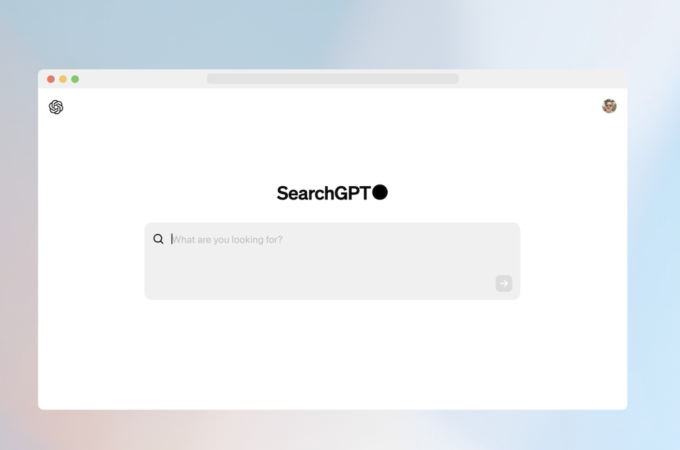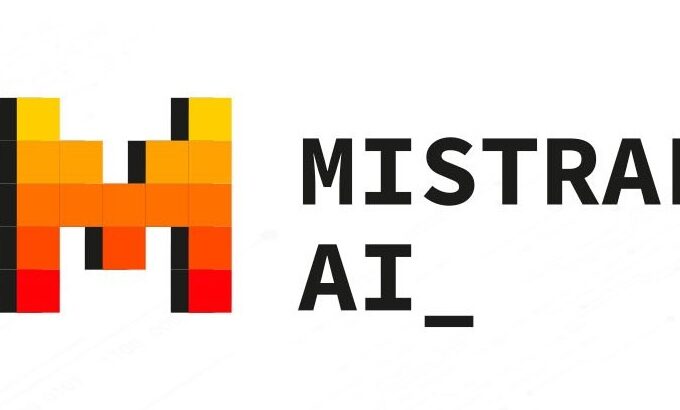
OpenAI Launches Image Detector for DALL-E 3
In an era where AI-generated content poses a significant threat to misinformation and disinformation, OpenAI, a prominent player in the AI industry, has stepped up its efforts to combat the proliferation of deepfakes. The company recently unveiled a tool designed to detect images created by its own text-to-image generator, DALL-E 3, marking a crucial step in the fight against AI-driven misinformation.
OpenAI’s new tool boasts an impressive accuracy rate, correctly identifying about 98% of images produced by DALL-E 3 in internal testing. Even common modifications such as compression, cropping, and saturation changes have minimal impact on the tool’s performance. However, it’s worth noting that the tool’s efficacy diminishes when distinguishing between content generated by DALL-E 3 and other AI models.
Recognizing the collaborative effort required to address this pressing issue, OpenAI has joined forces with industry giants like Google, Microsoft, and Adobe in initiatives aimed at establishing standards for digital content provenance and authenticity. The company’s participation in the Coalition for Content Provenance and Authenticity (C2PA) underscores its commitment to promoting transparency and accountability in the AI landscape.
Beyond detection, OpenAI is also exploring tamper-resistant watermarking techniques to mark AI-generated content, making it easier to trace and verify its origin. By adding metadata such as C2PA credentials to images and audio, OpenAI aims to provide users with valuable information about the source and production process of digital content. If you want to add creative artwork to your website, you may consider using an ai art generator.
The urgency of addressing AI-generated misinformation is underscored by its potential impact on global events such as elections. With the rise of deepfakes influencing political campaigns and public opinion, stakeholders are increasingly focused on implementing safeguards to protect against the spread of false information.
OpenAI’s proactive approach aligns with broader industry efforts to mitigate the risks associated with AI-driven content manipulation. By leveraging technology and collaboration, the company aims to empower researchers, policymakers, and the public in the ongoing fight against deepfakes.
While OpenAI’s new tool represents a significant milestone in the battle against AI-generated misinformation, it’s clear that there is no one-size-fits-all solution. As the company continues to refine its detection capabilities and explore innovative strategies, the collective effort to safeguard the integrity of digital content remains paramount.





